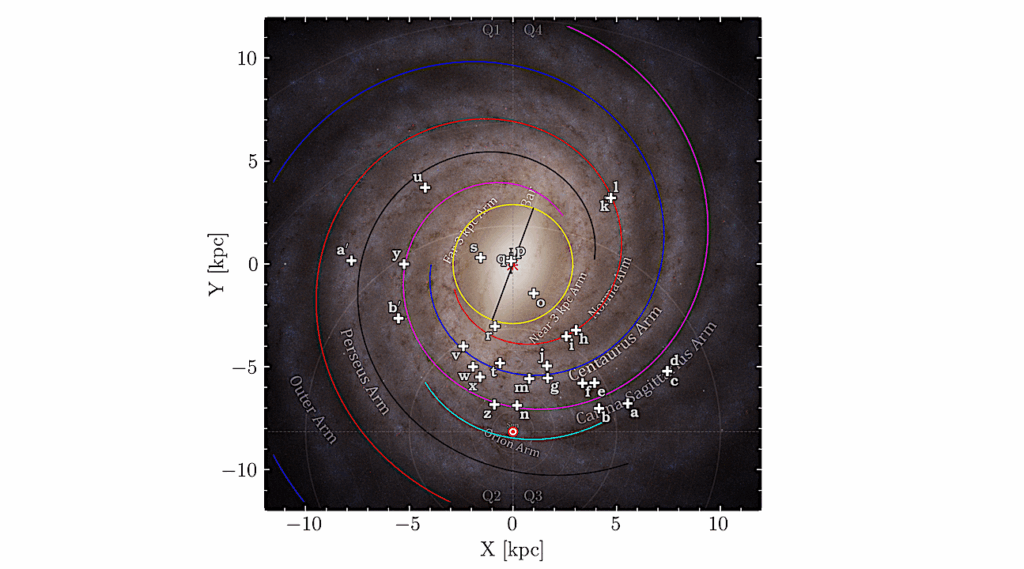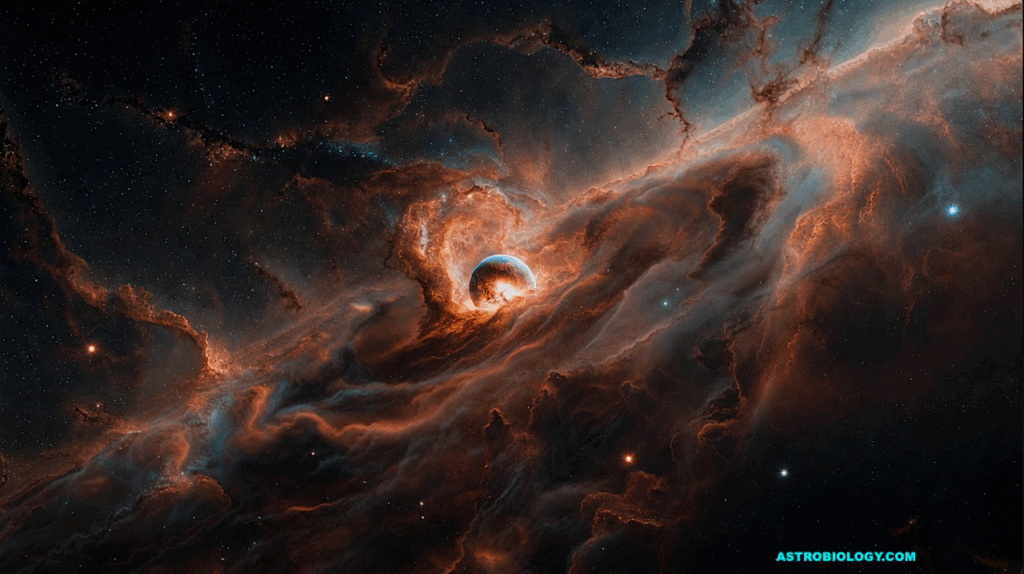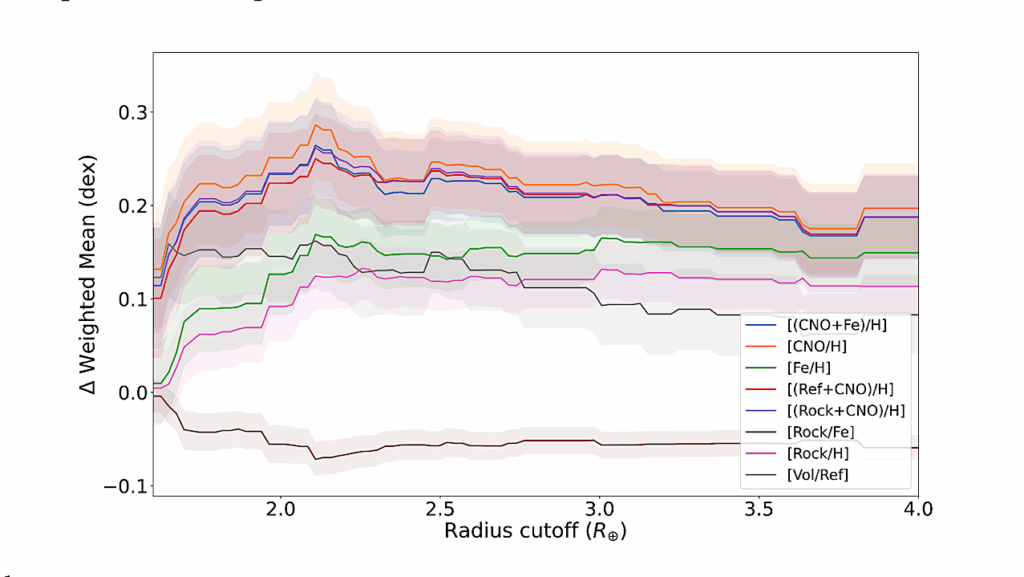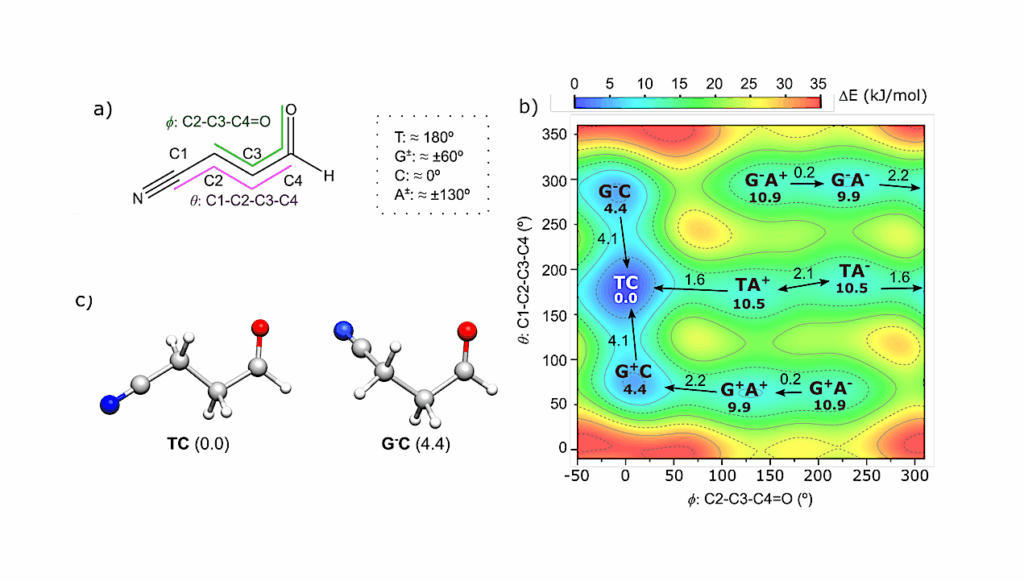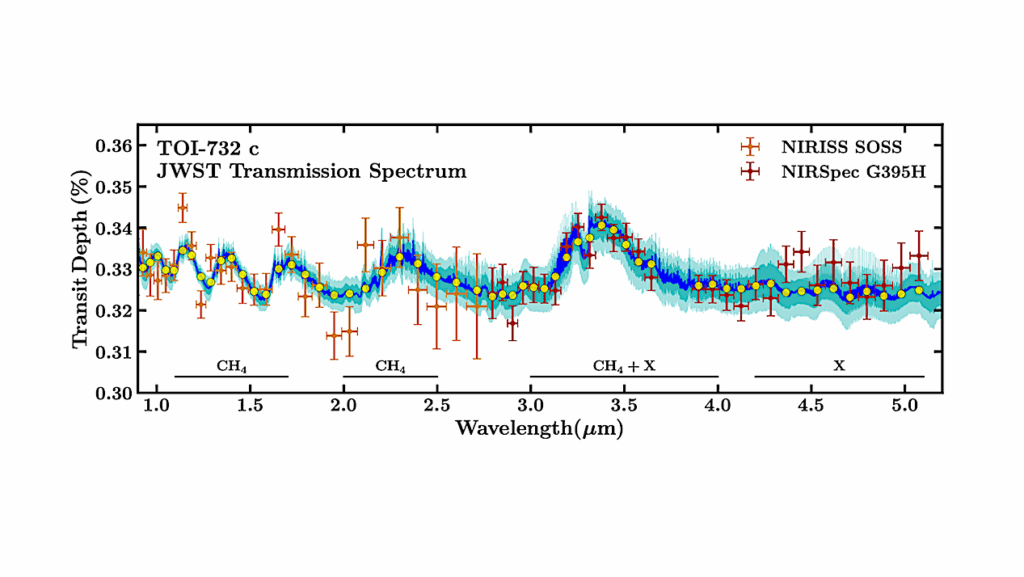Evidence For Ubiquitous Carbon Grain Destruction In Hot Protostellar Envelopes
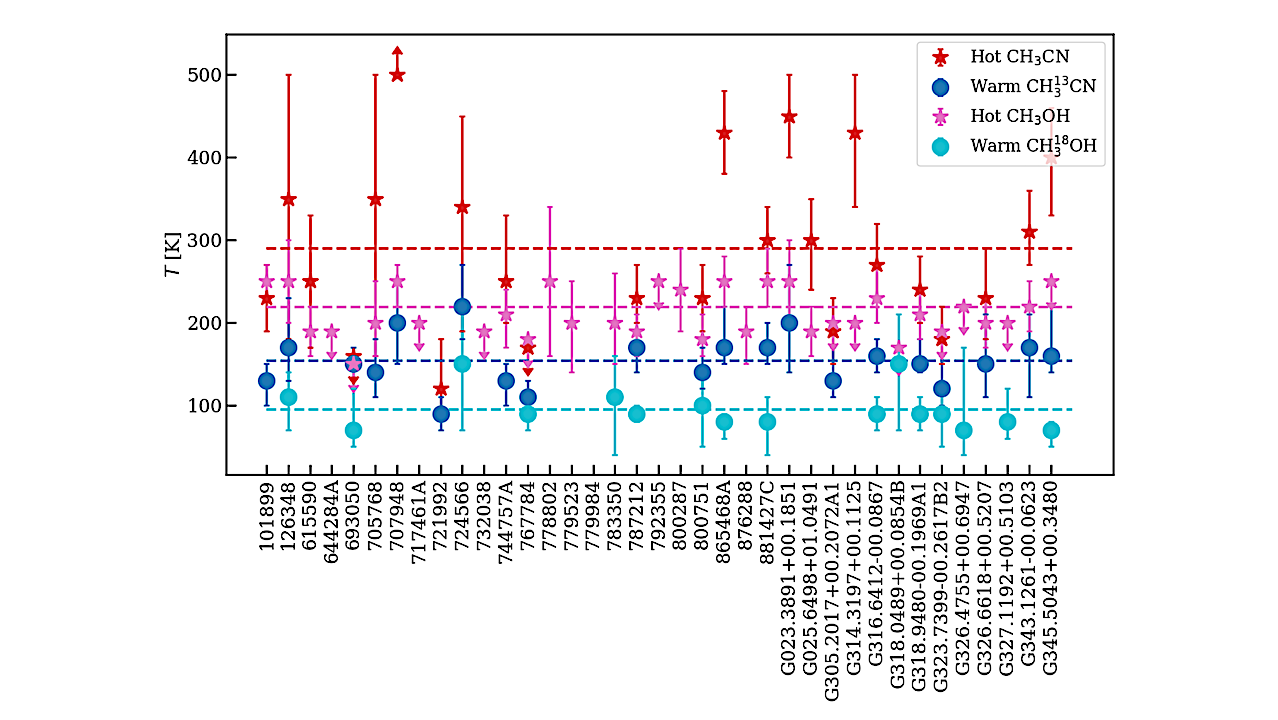
Earth is deficient in carbon and nitrogen by up to ∼4 orders of magnitude compared with the Sun. Destruction of (carbon- and nitrogen-rich) refractory organics in the high-temperature planet forming regions could explain this deficiency.
Assuming a refractory cometary composition for these grains, their destruction enhances nitrogen-containing oxygen-poor molecules in the hot gas (≳300K) after the initial formation and sublimation of these molecules from oxygen-rich ices in the warm gas (∼150K).
Using observations of 37 high-mass protostars with ALMA, we find that oxygen-containing molecules (CH3OH and HNCO) systematically show no enhancement in their hot component. In contrast, nitrogen-containing, oxygen-poor molecules (CH3CN and C2H3CN) systematically show an enhancement of a factor ∼5 in their hot component, pointing to additional production of these molecules in the hot gas. Assuming only thermal excitation conditions, we interpret these results as a signature of destruction of refractory organics, consistent with the cometary composition.
This destruction implies a higher C/O and N/O in the hot gas than the warm gas, while, the exact values of these ratios depend on the fraction of grains that are effectively destroyed. This fraction can be found by future chemical models that constrain C/O and N/O from the abundances of minor carbon, nitrogen and oxygen carriers presented here.
P. Nazari, B. Tabone, M. L. R. van ‘t Hoff, J. K. Jørgensen, E. F. van Dishoeck
Comments: Accepted for publication in ApJ Letters
Subjects: Earth and Planetary Astrophysics (astro-ph.EP); Astrophysics of Galaxies (astro-ph.GA); Solar and Stellar Astrophysics (astro-ph.SR)
Cite as: arXiv:2306.11778 [astro-ph.EP] (or arXiv:2306.11778v1 [astro-ph.EP] for this version)
Submission history
From: Pooneh Nazari
[v1] Tue, 20 Jun 2023 18:00:00 UTC (1,185 KB)
https://arxiv.org/abs/2306.11778
Astrobiology, Astrochemistry


